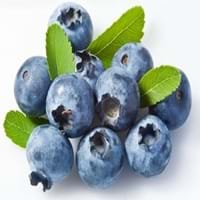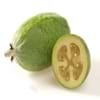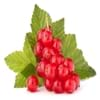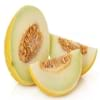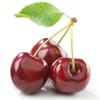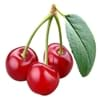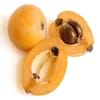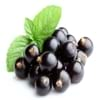Health Benefits
Anti depressant, Cancer prevention, Reduces nervous tension, Treatment of alzheimer's disease, Treatment of Lung disease
Cancer prevention, Cures gastro-intestinal troubles, Improves night vision, Improves stomach health, Prevents diabetes, Prevents high blood pressure, Reduces blood circulation problems
General Benefits
Digestive aid, Helps in weight loss, Improves blood circulation, Strengthens bones, Treatment of common cold
Fights against infections, Helps in weight loss, Prevents blood clotting in vessels, Treatment of urinary tract infections
Skin Benefits
Brightens and lightens complexion, Skin rejuvenation
Anti-aging benefits, Nourishes skin, Protects against skin damage
Hair Benefits
Promotes longer and healthier hair, Protects hair
Prevents hair loss
Allergy Symptoms
NA
Not Available
Side Effects
Allergic reaction
Decrease in blood sugar levels, Diarrhoea, Dizziness, Headache, Internal bleeding, Stomach pain
Best Time to Eat
As a snack in the late afternoon, Don't consume at night and before bed, Eat the fresh ones, avoid mixing with any other foods, don't eat after meal., Morning time (before lunch)
As a snack in the late afternoon, Don't consume at night and before bed, Eat the fresh ones, avoid mixing with any other foods, don't eat after meal., Morning time (before lunch)
Vitamin A (Retinol)
Not Available
Vitamin B5 (Pantothenic Acid)
Vitamin C (Ascorbic Acid)
Vitamin K (Phyllochinone)
Calories in Fresh Fruit with Peel
Not Available
Calories in Fresh Fruit without Peel
Not Available
Calories in Frozen Form
Not Available
Not Available
Calories in Dried Form
Not Available
Calories in Canned Form
Not Available
Not Available
Season
Autumn, Winter
Summer
Varieties
Anatoki, Gemini, Kaiteri, Kakariki, Pounamu, Unique, Apollo, Den's Choice, Kakapo, Mammoth, Opal Star, Triumph and Wiki Tu
Dwarf bilberry, Piper, bog blueberry, Northern bilberry, Mountain bilberry and Oval-leaved bilberry
Inside Color
White
Light Green
Origin
Argentina, Brazil, Paraguay, Uruguay
Unknown
Grows on
Not Available
Trees
Soil Type
Clay loam, Gravely loam, Sandy
Moist, Well-aerated
Climatic Conditions
Cold, Warm
Cold
Facts about
- Feijoa is called as "pineapple guava" in some countries.
- Feijoa tree is an ornamental plant that can also be used as hedge & windbreak.
- All parts of feijoa fruit are edible(skin is mostly discarded).
- Bilberries are used in manufacturing of alcoholic drinks.
- They are used to improve aromas of sorbets.
- The green extract of it's leaves is used in textile industry as natural dye.
Top Producer
New Zealand
Japan
Other Countries
Australia, Azerbaijan, India, Japan, United States of America
Denmark, Finland, Iceland, Sweden
Top Importer
China
United States of America
Top Exporter
New Zealand
Chile
Botanical Name
Acca sellowiana
Vaccinium myrtillus
Synonym
Feijoa sellowiana or Orthostemon sellowianus
blaeberry, whinberry, European blueberry, whortleberry
Subkingdom
Tracheobionta
Tracheobionta
Division
Magnoliophyta
Magnoliophyta
Class
Magnoliopsida
Magnoliopsida
Subclass
Rosidae
Dillenhidae
Family
Myrtaceae
Ericaceae
Species
A. sellowiana
Vaccinium myrtillus
Generic Group
Myrtle
Heath
Difference Between Feijoa and Bilberry
We might think that Feijoa and Bilberry are similar with respect to nutritional value and health benefits. But the nutrient content of both fruits is different. Feijoa and Bilberry Facts such as their taste, shape, color, and size are also distinct. The difference between Feijoa and Bilberry is explained here.
The amount of calories in 100 gm of fresh Feijoa and Bilberry with peel is Not Available and 44.00 kcal and the amount of calories without peel is 55.00 kcal and Not Available respectively. Thus, Feijoa and Bilberry belong to Low Calorie Fruits and Low Calorie Fruits category.These fruits might or might not differ with respect to their scientific classification. The order of Feijoa and Bilberry is Myrtales and Ericales respectively. Feijoa belongs to Myrtaceae family and Bilberry belongs to Ericaceae family. Feijoa belongs to Acca genus of A. sellowiana species and Bilberry belongs to Vaccinium genus of Vaccinium myrtillus species. Beings plants, both fruits belong to Plantae Kingdom.

